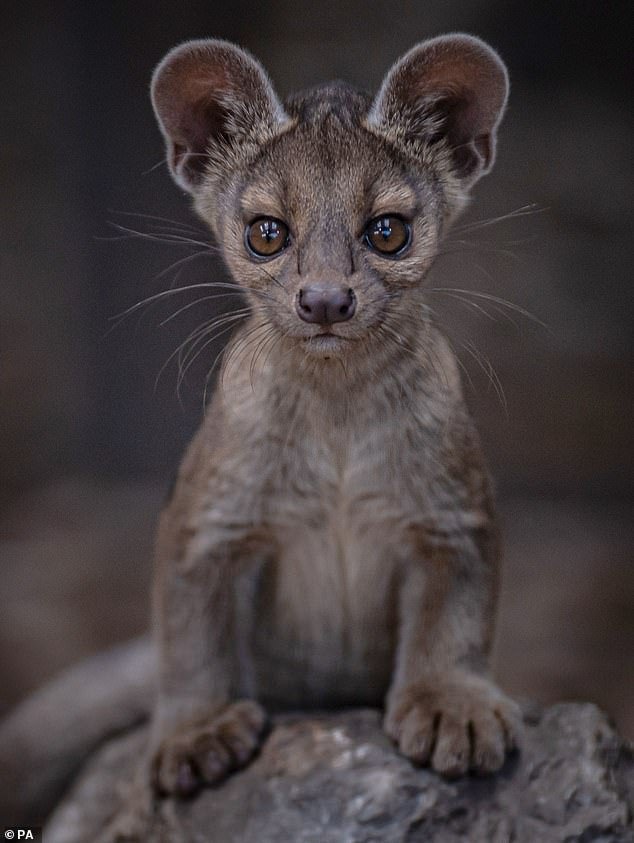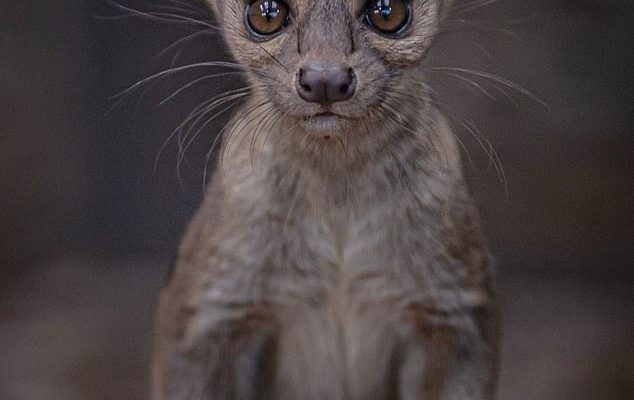
Understanding the evolutionary journey of the fossa is like piecing together a puzzle. Each piece reveals how this remarkable animal adapted to its environment over millions of years, evolving unique traits that help it thrive in the forests of Madagascar. From its ancient ancestors to its role in the ecosystem today, let’s dive deeper into this captivating story.
Origins: The Ancient Ancestry of the Fossa
The fossa’s story begins over 60 million years ago. Its ancestors were part of a group of mammals called “Euarchontoglires,” which eventually split into different lineages. Here’s the thing: many people think of the fossa as a member of the cat family, but it actually belongs to a unique family called Eupleridae. This family is exclusive to Madagascar and showcases the island’s distinctive biodiversity.
You might be wondering why Madagascar is home to such unique animals. The island separated from the African continent around 160 million years ago, allowing species to evolve in isolation. Without the competition from larger predators, the fossa evolved as a top predator on the island, adapting to its surroundings and available food sources. It primarily preys on lemurs, which are abundant in Madagascar’s forests, shaping both its hunting strategies and physical traits.
In terms of physical characteristics, the fossa has developed long limbs, a flexible body, and sharp claws—traits that make it an agile and effective hunter in its arboreal and terrestrial habitats. These adaptations reflect its evolutionary history and highlight the incredible journey this creature has taken.
Adaptations: Unique Traits of the Fossa
As we explore the fossa’s adaptations, it’s essential to focus on its features that have evolved over time. One significant adaptation is its climbing ability. Fossas have semi-retractable claws, allowing them to climb trees with ease. This makes sense since they need to navigate the forest canopy to hunt for lemurs and other prey. In fact, they can leap between branches with impressive agility!
Another fascinating trait is their communication skills. Fossas use a range of vocalizations, including growls and screams, to communicate with one another. This behavior is particularly important during mating season, as it helps attract potential partners and establish territory. It’s interesting how their social interactions have evolved alongside their physical adaptations.
The fossa’s diet has also played a role in its evolution. Being carnivorous, they primarily feast on lemurs, birds, and small mammals. Their sharp teeth and powerful jaws are perfectly suited for catching and consuming their prey. This predator-prey relationship has helped shape the fossa’s behavior, marking it as a crucial player in Madagascar’s ecosystem.
Ecological Importance: The Fossa’s Role in Madagascar
The fossa isn’t just an interesting creature; it plays a vital role in maintaining the ecological balance of Madagascar. As a top predator, it helps regulate the populations of its prey, primarily lemurs. By keeping these populations in check, the fossa contributes to the overall health of the forest ecosystem.
However, you might be concerned about the fossa’s future. With habitat loss and hunting pressures, their numbers are declining, putting the balance of their ecosystem at risk. These challenges highlight the importance of conservation efforts to protect the fossa and its natural habitat. After all, losing one piece of the puzzle can disrupt the entire picture!
Historical Threats: Challenges Faced by the Fossa
Throughout history, fossas have faced various threats that have impacted their population and distribution. One significant threat is deforestation. Madagascar has been subjected to rampant logging and agricultural expansion, leading to habitat loss. With less space to roam and hunt, fossas are increasingly at risk.
Another challenge for the fossa is hunting and persecution. In some regions, local communities may view fossas as a threat to livestock or crops, leading to retaliatory killings. This dynamic often stems from misunderstandings about the fossa’s role in the ecosystem. Raising awareness and promoting coexistence is crucial for the fossa’s survival.
Despite these challenges, there is still hope. Conservation organizations work tirelessly to protect Madagascar’s unique biodiversity, focusing on habitat restoration and community education. Every little effort can have a significant impact on ensuring that the fossa continues its evolutionary journey.
Conservation Efforts: Protecting the Fossa
As a fascinating species with a rich history, the fossa deserves our attention and care. Conservation efforts are essential in safeguarding this unique animal and its habitat. Various organizations, both local and international, are actively working to protect the fossa through different initiatives.
One successful approach includes establishing protected areas and reserves in Madagascar. These spaces provide safe habitats for fossas and other wildlife, allowing them to thrive without the threat of human interference. Additionally, educating local communities about the fossa’s ecological importance helps foster a sense of coexistence and respect for nature.
You might also see eco-tourism initiatives that aim to raise awareness and generate funds for conservation projects. By promoting responsible tourism, these initiatives help ensure that both the fossa and the forest ecosystems are preserved for future generations.
The Future: What Lies Ahead for the Fossa?
Looking ahead, the future of the fossa depends on continued conservation efforts and public awareness. As Madagascar faces environmental challenges, it’s crucial to remain optimistic and proactive. By supporting initiatives that protect both the fossa and its habitat, we can help create a more sustainable future.
Restoring habitats, promoting eco-tourism, and fostering education are key steps in ensuring the survival of this incredible species. Each of us can play a role in conservation, whether through responsible travel choices or supporting organizations dedicated to preserving Madagascar’s unique wildlife.
In summary, the fossa’s evolutionary history is a remarkable tale of adaptation and survival in a unique environment. From its ancient ancestors to its current role as a top predator, the fossa’s journey is a testament to nature’s incredible resilience. Let’s work together to ensure that this fascinating creature continues to thrive for generations to come.

